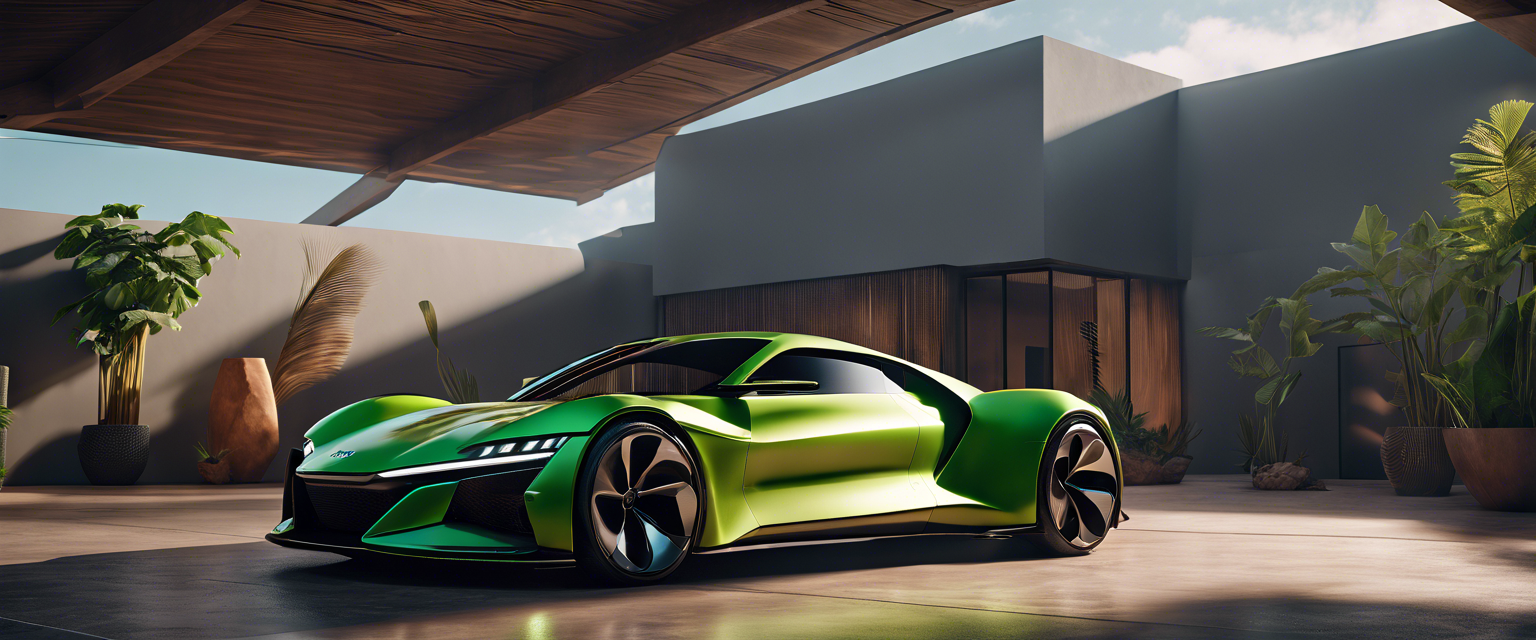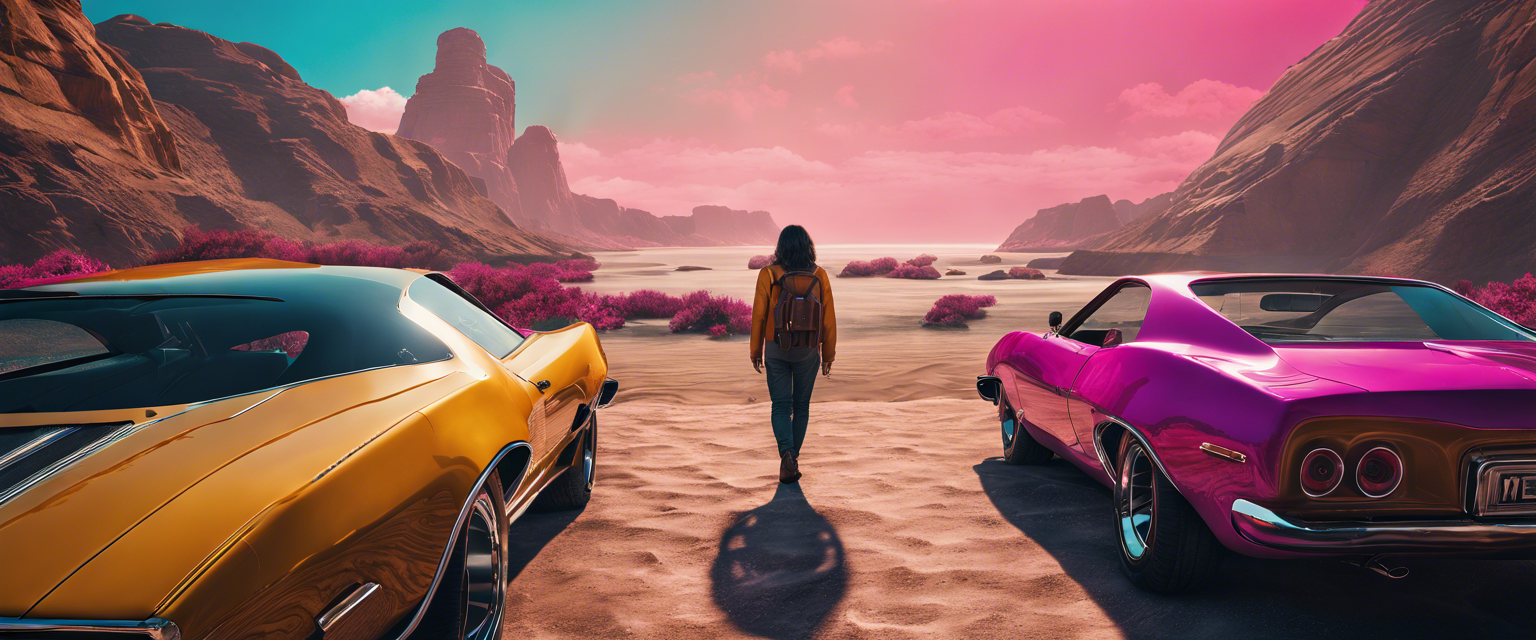Elon Musk, the CEO of Tesla, has long been a voice for innovation in the automotive industry. However, his declarations about the impending arrival of fully autonomous vehicles have raised skepticism and curiosity alike. For years, Musk has promised the development of self-driving technology, claiming that it was just around the corner. In this article, we delve into the history, expectations, and realities of Tesla's journey towards automation.
The Evolution of Tesla's Self-Driving Promises
In 2016, Musk asserted that fully self-driving Tesla cars would be ready in two years. As each year passed, the timeline was pushed further back; expectations were set for features such as being able to sleep in the car or summon it from anywhere. Fast forward to 2023, Musk has stated that Tesla will unveil its robotaxi, a vehicle designed to be fully autonomous and pivotal for the company’s future.
Upcoming Robotaxi Launch
On October 10, 2023, Tesla is set to launch its much-anticipated robotaxi, a vehicle that Musk hopes will redefine the transportation landscape by creating opportunities for Tesla owners to earn money from their cars. The design expectations include innovative features like butterfly doors, setting the stage for a futuristic experience.
Challenges Faced by Tesla
Despite its ambitious goals, Tesla is battling challenges. Sales have declined due to increasing competition, leading to an urgent need for innovation. Musk’s reputation is on the line as he navigates misinformation and focuses on reclaiming his financial benefits as CEO.
Blown Deadlines and Investor Expectations
The upcoming product reveal comes on the heels of nearly a decade filled with unfulfilled promises. Critics have pointed out that Tesla’s previous announcements have often resulted in mixed results.
Comparing Tesla's Approach to Other Autonomous Technologies
While Tesla promotes its full self-driving (FSD) technology, other companies like Waymo have established a more reliable reputation for autonomy. Waymo’s approach notably emphasizes removing human oversight altogether, a contrast to Tesla's methods that rely heavily on human monitoring.
Safety Controversies and Implications
Criticism of Tesla's driver-assistance technology has been significant, particularly regarding safety. With ongoing investigations into crashes involving Autopilot, questions arise about the overarching safety of Tesla’s technology. Self-driving advocates emphasize that the reliance on human intervention can lead to tragic outcomes.
The Data Dilemma
One of Tesla’s key advantages lies in the massive amounts of data generated by its global fleet. However, the effectiveness of Tesla's data management practices remains under scrutiny. Reports indicate concerns regarding accuracy and management efficiency, which are critical for refining autonomous capabilities.
Investor Perceptions and Market Dynamics
Reactions from investors and the broader market will heavily depend on the outcomes of the robotaxi launch. While some remain optimistic, others are cautioning against misplaced hope based on Musk’s previous track record. The future of Tesla’s stock price may hinge on this significant unveiling.
Conclusion: Is the Robotaxi a Dream or Reality?
The Tesla robotaxi could either mark a pivotal moment in automotive history or be another in a series of disappointments. As the unveiling approaches, it's essential for potential buyers and investors to remain critical and informed about the developments surrounding this innovative venture.
In a world rapidly evolving through technology, Tesla's commitment to autonomy will be in the spotlight. Will the robotaxi be the breakthrough that solidifies Musk's vision, or will it fall short as another touted innovation? Only time will tell.



コメントを書く
全てのコメントは、掲載前にモデレートされます
このサイトはhCaptchaによって保護されており、hCaptchaプライバシーポリシーおよび利用規約が適用されます。